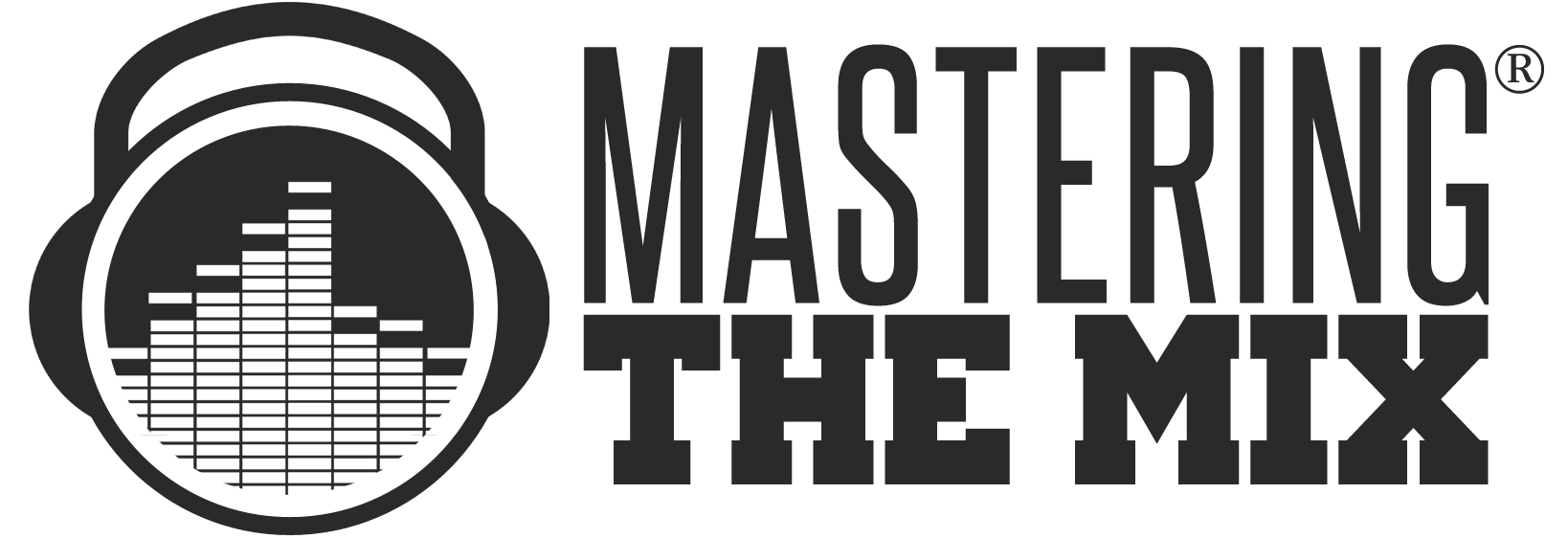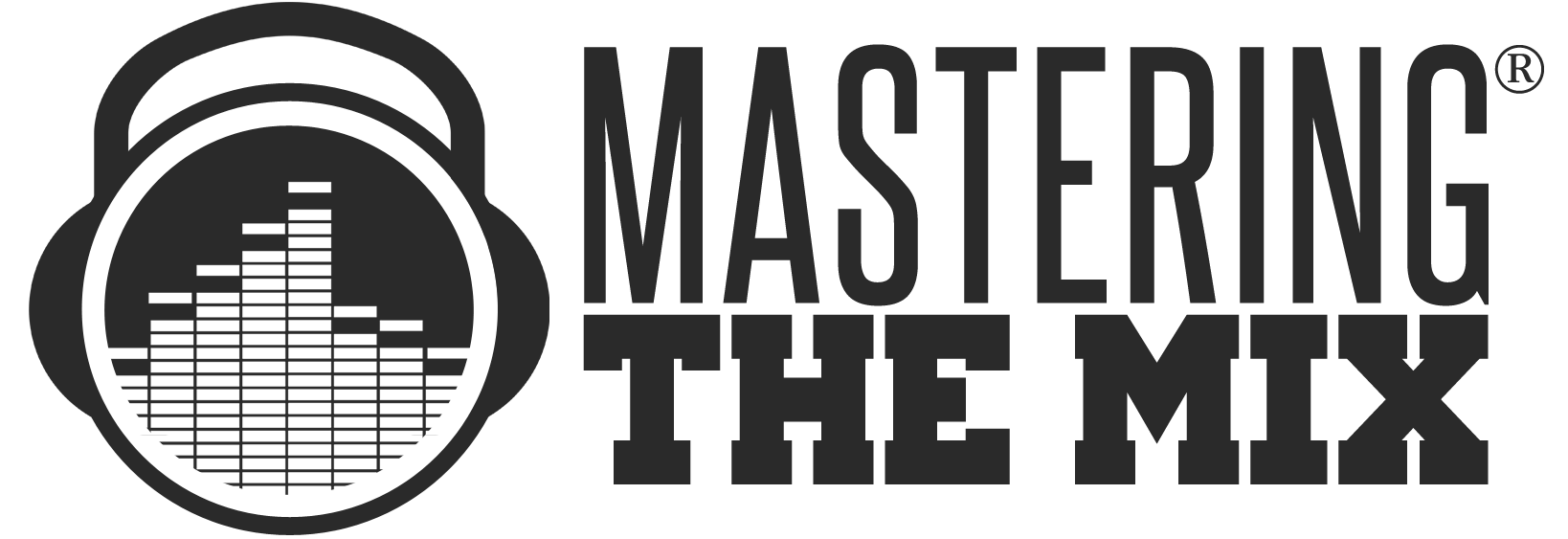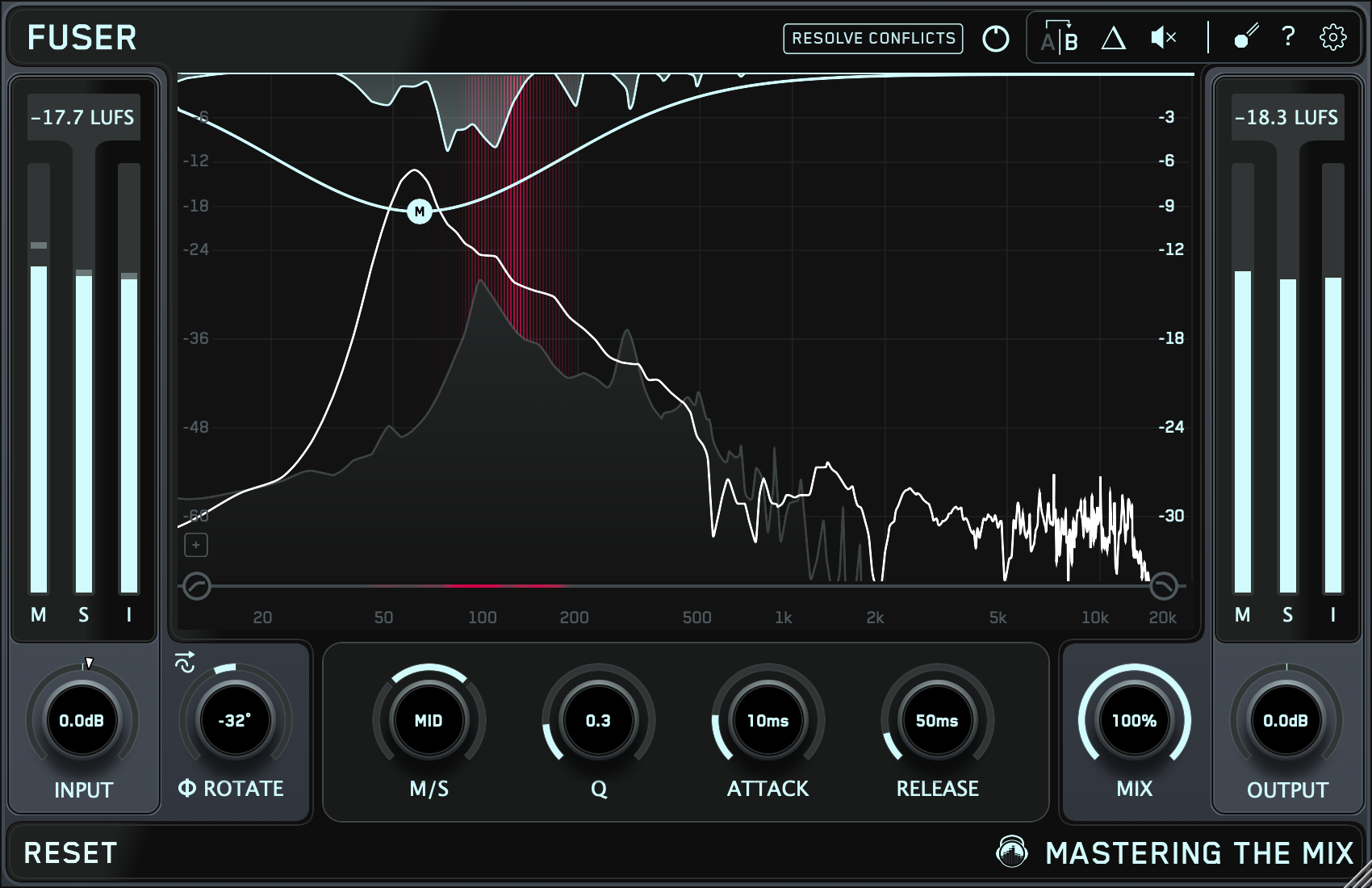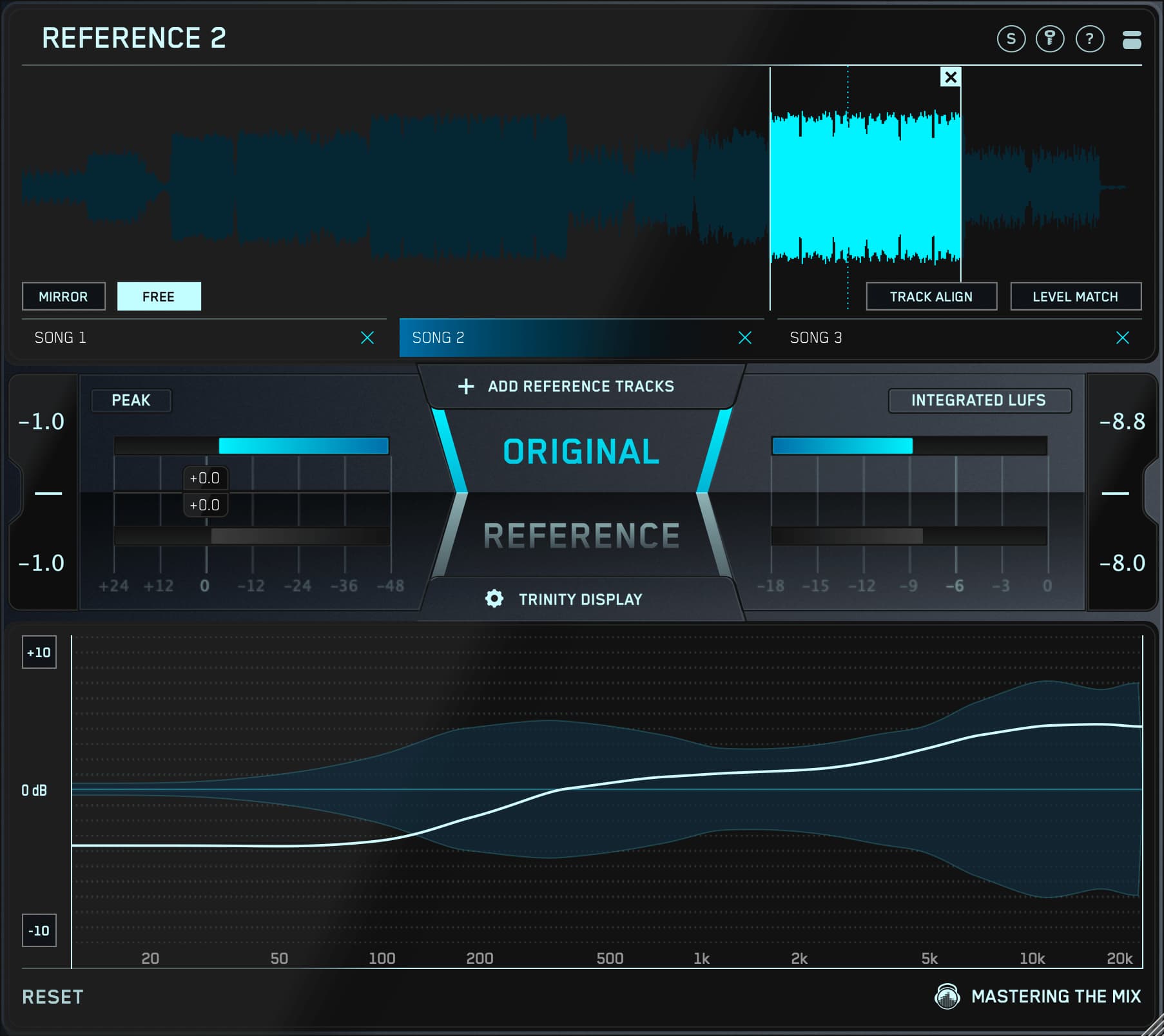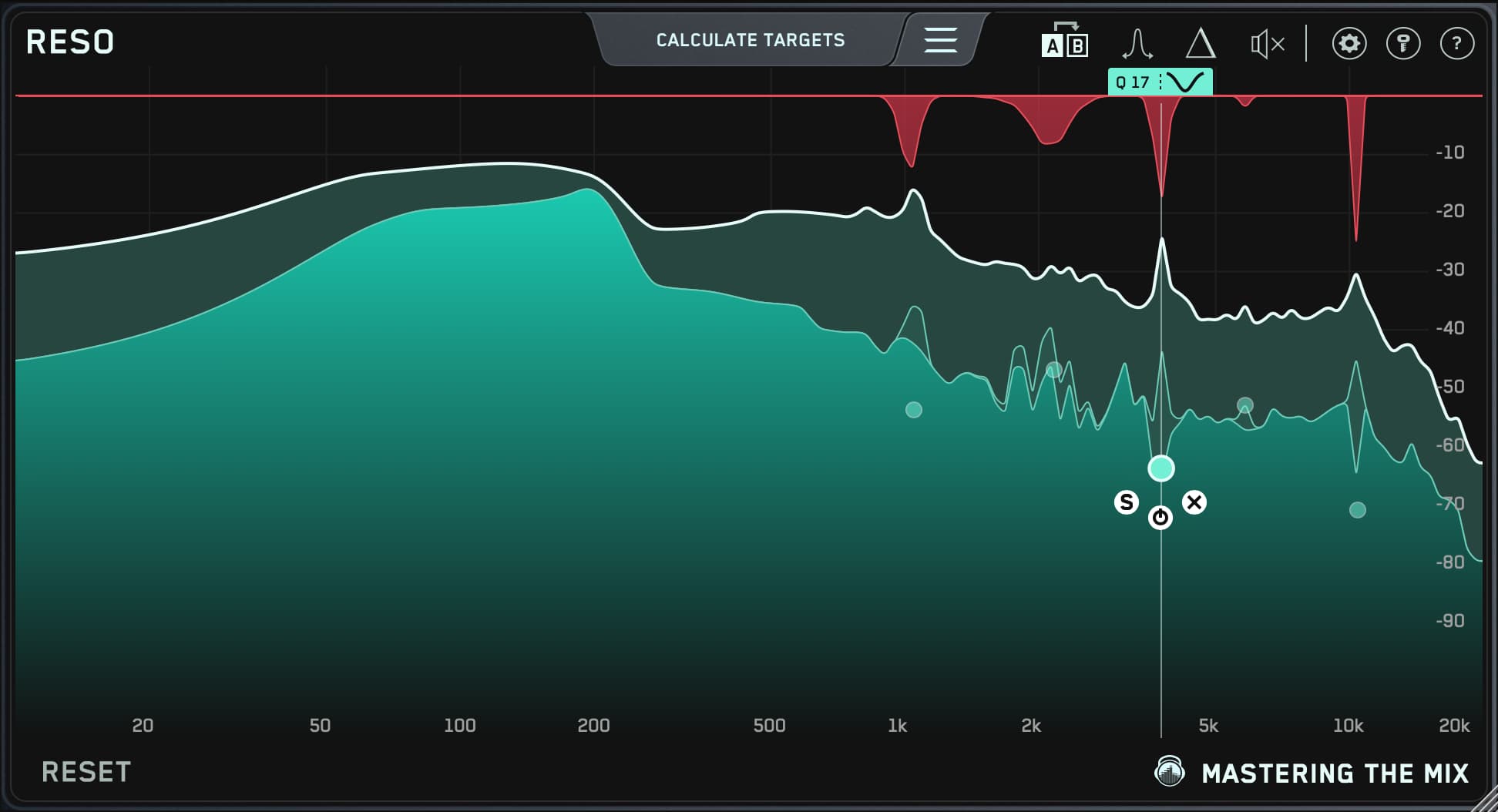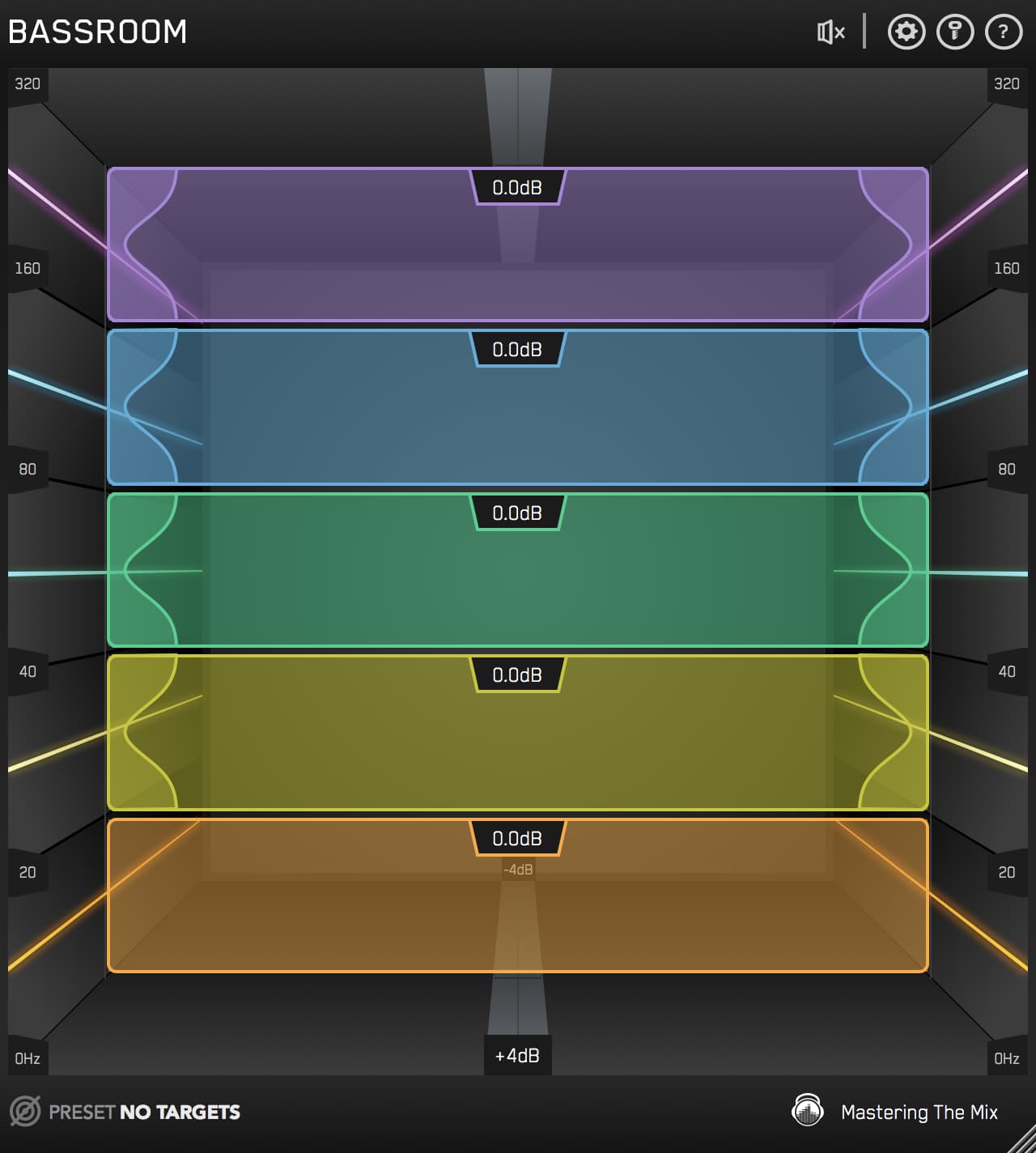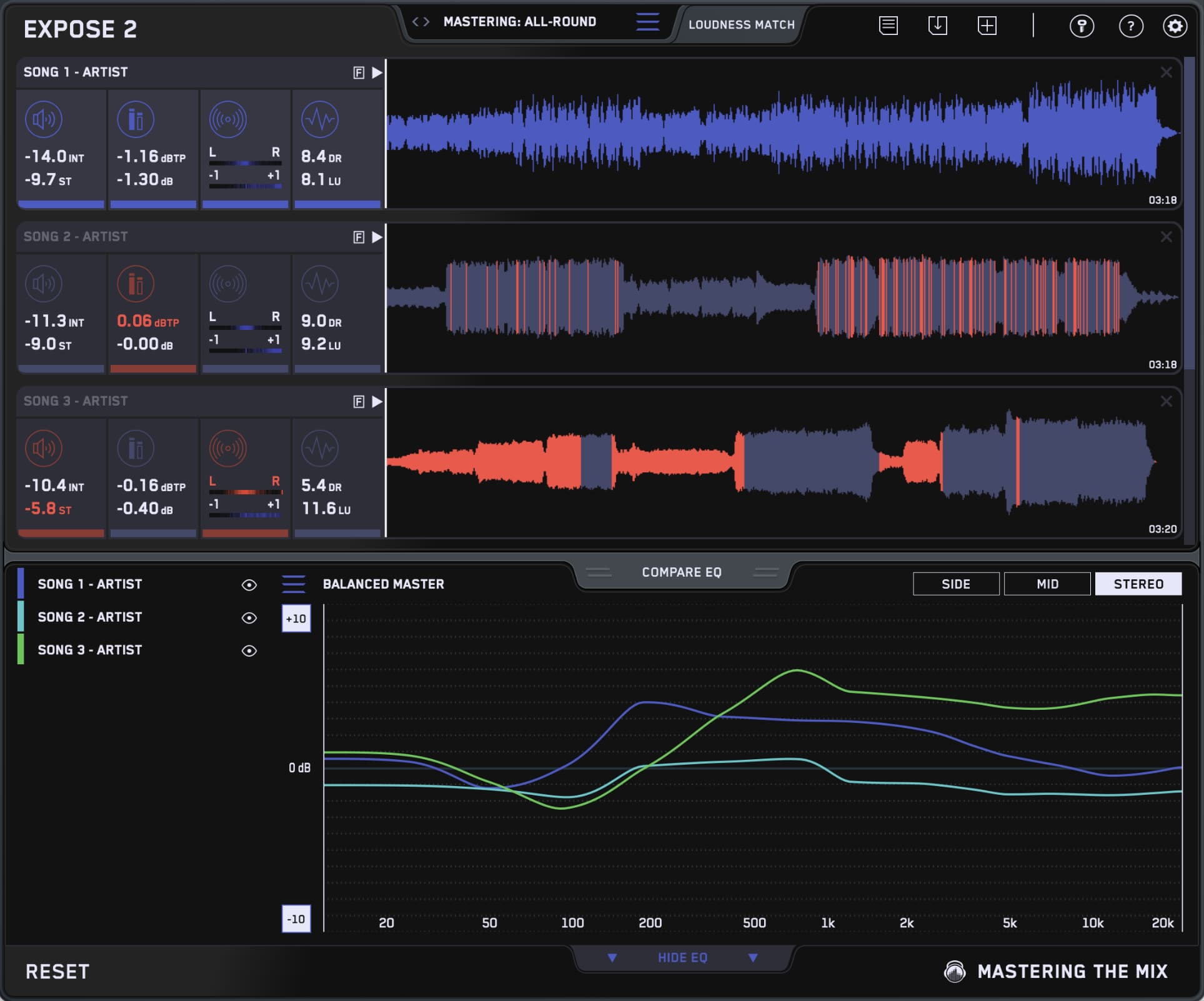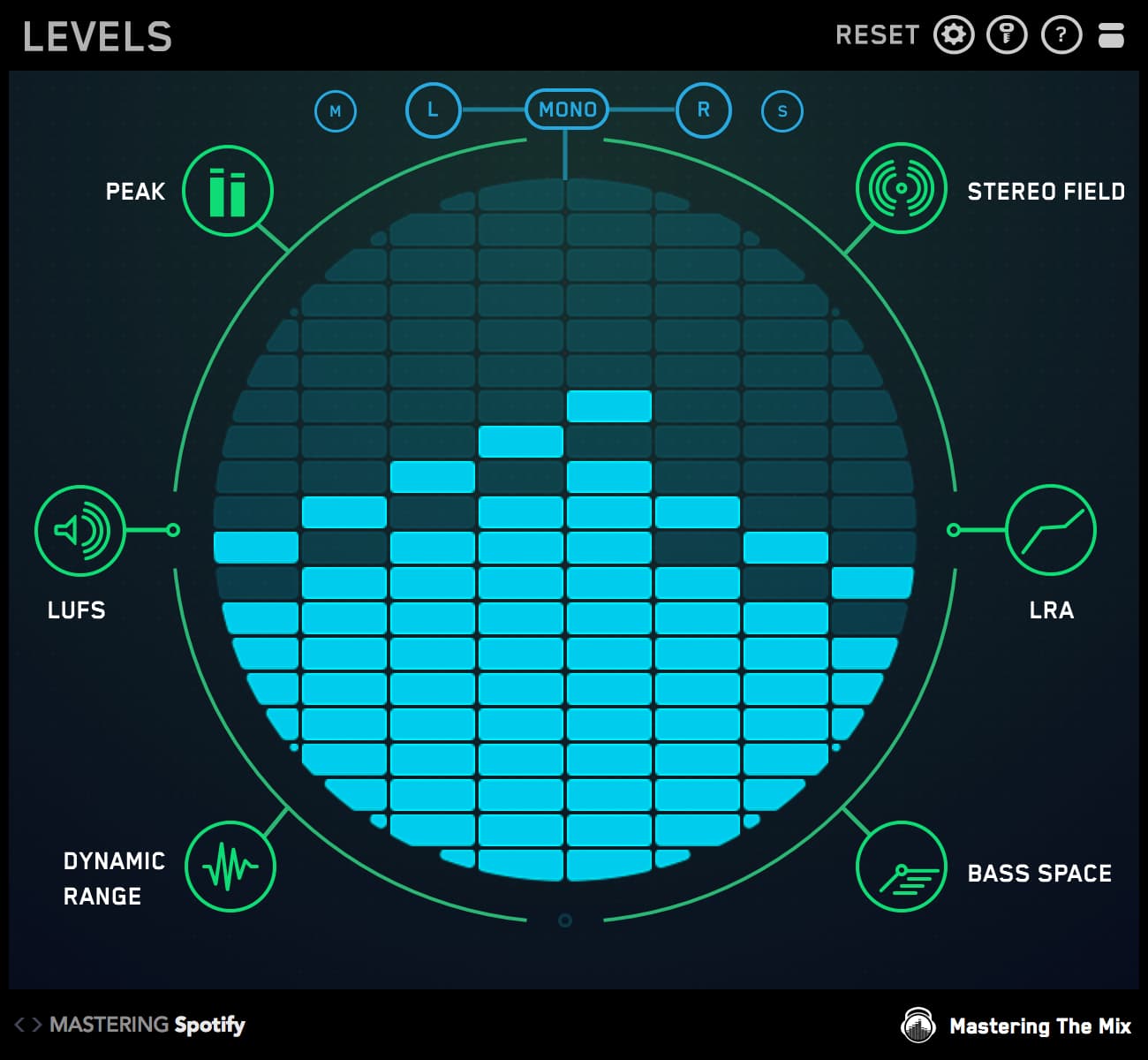The sub frequencies are extremely difficult to mix well. This is because the bass is particularly incomprehensible when monitoring through smaller monitors in a non-acoustically treated room. The Subpac S2 is a cost effective solution to this common issue, and It enhances the immersive experience of music! Mastering The Mix makes no commission from any Subpac sales, or any other products that I use in my videos (except LEVELS which we created). I simply believe this product is a game changer for the most basic studios to the most extravagant.
Video Transcript
Hi I’m Tom Frampton, owner and audio engineer at Mastering the Mix. In this video I’m going to show you how I approach mixing the kick and bass whilst stem mastering a project.
I’ll also explain how I use my Subpac S2 to enhance my studio workflow.
SubPac is the Physical Dimension of sound, not just hearing, but also feeling sound. The SubPac goes down to 5Hz and up to 130Hz and has a rechargeable battery as well as Bluetooth.
I’m fortunate enough to have full range monitors in an acoustically treated studio. Nonetheless, I find having the Subpac S2 on the back of my chair an incredible second reference point for accurately understanding whats happening in the subsonic frequencies. This allows me to make informed mixing decisions.
The S2 has a linear response up to around 70% on the intensity dial, (note, 70-100% uses a logarithmic curve which is basically for fun, watching films, video games etc.) meaning it gives an accurate representation of the bass. I personally have my Subpac set to about 33% intensity and the amount of vibration changes relative to the volume at which I’m working.
When preparing the project, I find a commercially released song that has similar sonic qualities to the track I’m working on. I import this song into my session. When comparing the bass of the track I’m working on to the reference, I’m looking to feel a very similar amount of vibration and energy. For this to work, the perceived volume of both tracks have to be matched. This is because the louder a track is, the bassier it sounds. I’ll use the LUFS meter in LEVELS to match the perceived loudness of the two tracks. In a nutshell, the LUFS meter is like a more precise RMS meter. It looks at average loudness of audio material but it’s based on human perception of sound making LUFS incredibly relevant in mastering scenarios.
Mixing Bass (Video Best experienced wearing your Subpac)
Bass Space
For your kick and bass to sound powerful and clear they should be the only elements occupying the low end of your track. There might be other channels in your mix outputting unwanted low frequencies, such as a hum in a vocal recording. Use a high pass filter to clean up this excess low end rumble to maximise the clarity and power of your Kick and Bass. Be careful to not remove the material you actually want to hear in your mix.
Getting the right energy
Once your kick and bass have their place in the mix, you can work on the volume and how much energy you want them to have. This is where the reference track comes in. I like to switch between the two and adjust the kick and bass faders to help me get a good balance. They don't have to match identically, but if the reference track is giving you a lot more vibration than your track (and they’re level matched) then you’ll find that your track will have a weak, unsatisfying and unbalanced bass.
EQing
Once I’m happy with the balance, I’ll start to shape the sound. I’ll use a linear EQ for clinical cuts followed by an analogue emulation EQ to boost the flavour and add character. I’ll sidechain the kick in the EQ just so I can see the frequency spectrum of both the kick and bass simultaneously. The relationship between the kick and bass is the foundation of the track so my goal is to shape them to work together harmoniously. When you make EQ boosts this will increase the volume, be sure to reduce the output on the EQ to maintain the balance that you initially set.
When making these kick and bass EQ changes I listen in three different ways.
- The channel I’m working on soloed
- The kick and bass together
- and the kick and bass in the context of the whole track.
I like to jump between these often to see how the changes are improving the sound. It’s a common mistake to EQ your kick soloed for too long, then you find it sounds awful when heard in the mix.

Multiband ducking
A side-chained compressor is often used to make the bass duck out of the way of the kick. I prefer a more precise approach. I use a multi-band compressor to select specific frequencies where I want the ducking to happen. I’ll then adjust the settings to make it work with the music. In this case the kick has a crunchy transient and a short tail. The 808 style bass is the protagonist of the drop, but I still want the kick to punch through. For the lower fundamental frequencies I’ve set the release time to the shortest setting. This means the energy of the bass will return after the short tail of the kick and continue to drive the track. Play around with the threshold, ratio and the range to get the right amount of ducking for your track.
I hope this video has given you some ideas and inspiration for your next mix. Thanks for watching.
